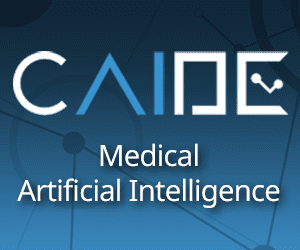AI has shown promise in augmenting human creativity in various fields, including art, music, literature, and design. AI-generated content can also raise important questions around copyright and intellectual property. Here are some key developments and challenges related to AI and creativity:
- AI-generated art: AI can be trained to generate unique and creative artworks, ranging from paintings to sculptures to video installations. While AI-generated art can challenge traditional notions of creativity and authorship, it also raises important questions around copyright and ownership. Who owns the copyright of an AI-generated artwork – the artist who trained the AI algorithm, the programmer who coded the algorithm, or the AI system itself?
- AI-generated music: AI can be used to compose and generate music, from simple melodies to complex symphonies. While AI-generated music can be used to support and augment human creativity, it also raises important questions around copyright and intellectual property. Can AI-generated music be protected by copyright? Who owns the copyright of an AI-generated music piece – the composer who trained the AI algorithm, the programmer who coded the algorithm, or the AI system itself?
- AI and literature: AI can be used to generate text, ranging from simple articles to complex novels. While AI-generated literature can be used to support and augment human creativity, it also raises important questions around copyright and intellectual property. Can AI-generated literature be protected by copyright? Who owns the copyright of an AI-generated novel – the author who trained the AI algorithm, the programmer who coded the algorithm, or the AI system itself?
- Copyright and intellectual property: As AI-generated content becomes more prevalent, it is important to ensure that existing copyright laws and intellectual property rights are updated to reflect the changing landscape. This may involve creating new legal frameworks to govern the ownership, use, and dissemination of AI-generated content.
Overall, AI has the potential to augment and support human creativity in various fields, but it also raises important questions around copyright and intellectual property. It is important to develop new legal frameworks and guidelines to ensure that AI-generated content is protected and that existing intellectual property rights are respected.








